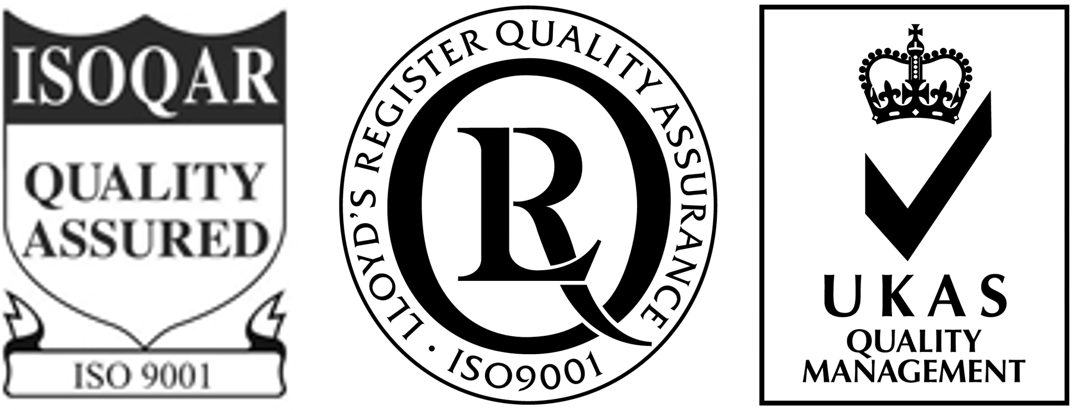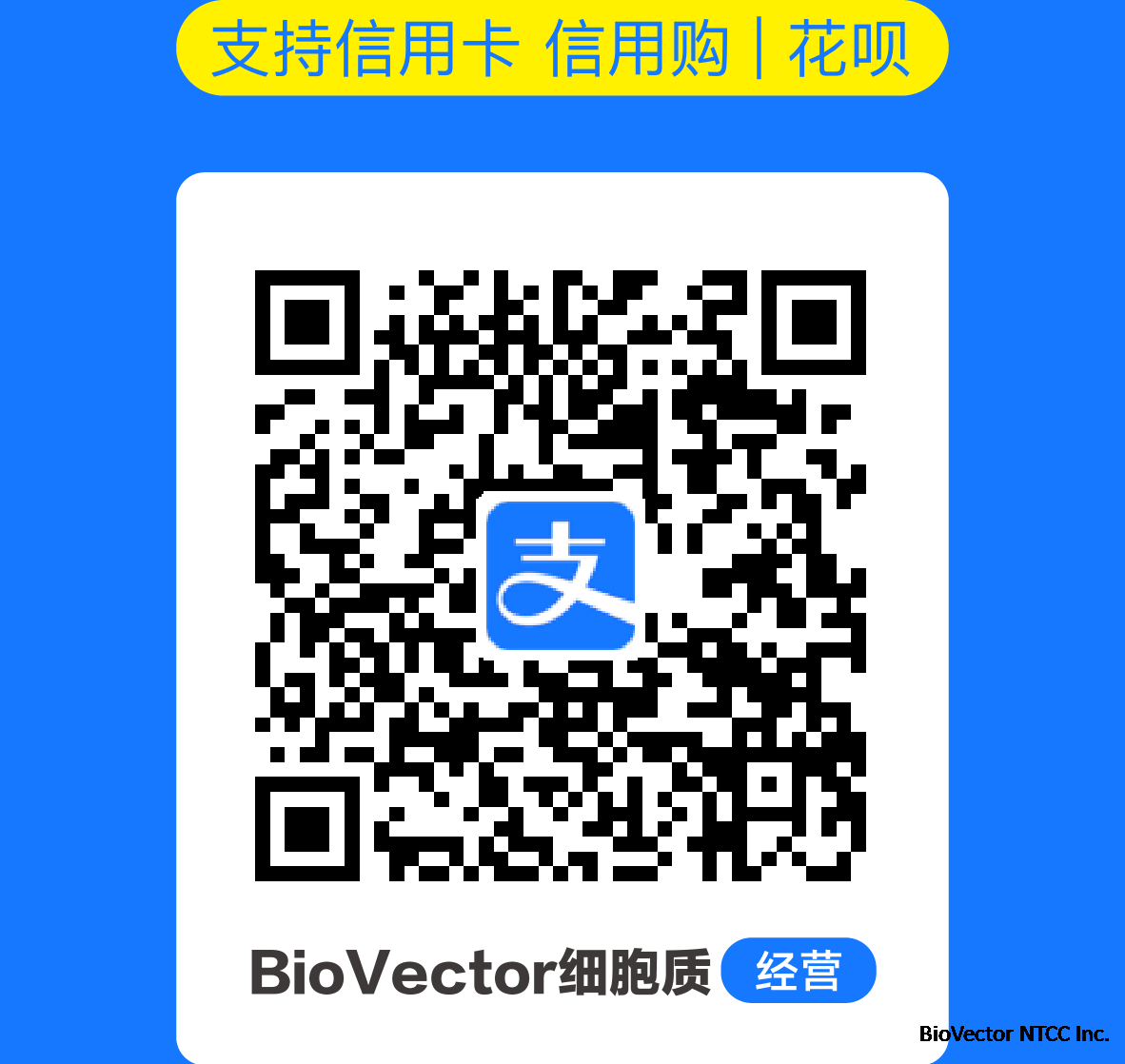- BioVector NTCC典型培养物保藏中心
- 联系人:Dr.Xu, Biovector NTCC Inc.
电话:400-800-2947 工作QQ:1843439339 (微信同号)
邮件:Biovector@163.com
手机:18901268599
地址:北京
- 已注册
STC-1 Cell Line小鼠肠神经内分泌肿瘤细胞株
CatNo.: NTCC594525
Organism | Mus musculus, mouse |
Tissue | intestine |
Cell Type | intestinal neuroendocrine tumor cells |
Product Format | frozen 1.0 mL |
Morphology | epithelial-like |
Culture Properties | adherent |
Biosafety Level | 1 |
Disease | invasive small intestinal neuroendocrine carcinoma |
Age | 10 to 13 weeks |
Strain | C57B1/6J |
Applications | This cell line may be a useful model for human neuroendocrine neoplasms of the gut, and useful tools for studying hormone secretin. |
Derivation | The STC-1 cell line was derived from the intestinal tumors of RIP1Tag2/Rip2pyST1 double transgenic mice. |
Cellular Products | secretin |
Comments | The STC-1 cell line was derived from the intestinal tumors of double transgenic mice. Transgenic mice harboring a hybrid gene linking the rat insulin promoter (RIP) to polyoma small T (PyST) antigen were mated with transgenic mice harboring rat insulin promoter (RIP) linked to SV40 early region (Tag) creating off-spring harboring both transgenes (double transgenics). These mice were found to have frequent intestinal tumors in addition to pancreatic Beta-cell tumors. Gene expression studies suggested that the intestinal and pancreatic tumors arose as separate entities. The STC-1cell line produces the hormone secretin. This cell line may be a useful model for human endocrine neoplasms of the gut. |
Complete Growth Medium | The base medium for this cell line is NTCC-formulated Dulbecco's Modified Eagle's Medium, Catalog No. 30-2002. To make the complete growth medium, add the following components to the base medium: fetal bovine serum to a final concentration of 10%. |
Subculturing | Cells must be subcultured when they reach ~70% confluence, or else they start to come off the flask into suspension. 1.Remove and discard culture medium. Briefly rinse the cell layer with Ca++/Mg++ free Dulbecco's phosphate-buffered saline (D-PBS) (NTCC 30-2200) or 0.05% Trypsin – 0.02% EDTA (NTCC PCS-999-003) solution to remove all traces of serum which contains trypsin inhibitor. 2.Add 2.0 to 3.0 ml of Trypsin-EDTA solution to flask and observe cells under an inverted microscope until cell layer is dispersed (usually within 5 to 15 minutes). 3.Add 6.0 to 8.0 ml of complete growth medium and aspirate cells by gently pipetting. 4.Transfer cell suspension to a centrifuge tube and spin at approximately 125 xg for 5 to 10 minutes. 5.Discard supernatant. Resuspend the cell pellet in fresh growth medium. 6.Add appropriate aliquots of the cell suspension to new culture vessels. Incubate cultures at 37°C. Subcultivation Ratio: 1:3 to 1:5 is recommended. |
Cryopreservation | Freeze medium: Complete growth medium supplemented with 10% (v/v) DMSO |
Culture Conditions | Temperature: 37°C |
Year of Origin | June 1990 |
References | Rindi G, et al. Development of Neuroendocrine Tumors in the Gastrointestinal Tract of Transgenic Mice. Am J Pathol 136(6): 1349-1363, 1990. PubMed: 2162628 Grant SGN, et al. Early Invasiveness Characterizes Metastatic Carcinoid Tumors in Transgenic Mice. Cancer Res 51: 4917-4923, 1991. PubMed: 1654206 |
您正在向 biovector.net 发送关于产品 STC-1 Cell Line小鼠肠神经内分泌肿瘤细胞株 的询问
- 公告/新闻



 免费订购电话: 400-800-2947
免费订购电话: 400-800-2947